

Matt Campbell
2025 Porsche 911 Carrera T review
5 Days Ago
Interior comfort is no longer a luxury.
From a Kia Picanto micro hatch to a luxury Rolls-Royce Phantom limousine, carmakers are obsessed with suppressing noise, vibration, and harshness (NVH).
Whether it’s a windy day, a gravel road, or simply poorly-paved city streets, car brands are reducing outside ambient sounds and noise generated by the vehicle itself from entering into the cabin.
But how are car manufacturers actually making their vehicles “quieter”?
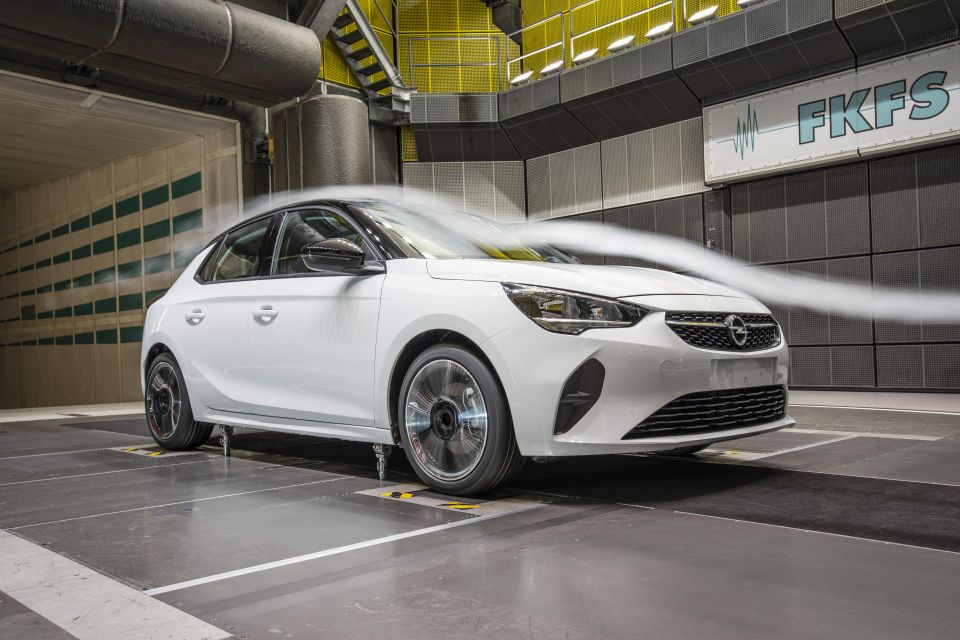
It starts with the shape of the car itself. The National Aeronautics and Space Administration (NASA) simply defines aerodynamics as “the way air moves around things”.
Therefore, cars are no longer boxy machines that smash through the air; they’re sleeker than ever (mostly) to allow air to seamlessly flow by.
Car brands measure aerodynamics by coefficient of drag (Cd). The lower the number, the more aerodynamic. For context, the average car today has 0.25 to 0.30 Cd. Conversely, taller and boxier SUVs achieve anywhere between 0.35 to 0.45 Cd.
Besides fuel efficiency, lower carbon emissions, and performance benefits, more aerodynamic designs can reduce wind noise from entering car cabins – especially at high speed.
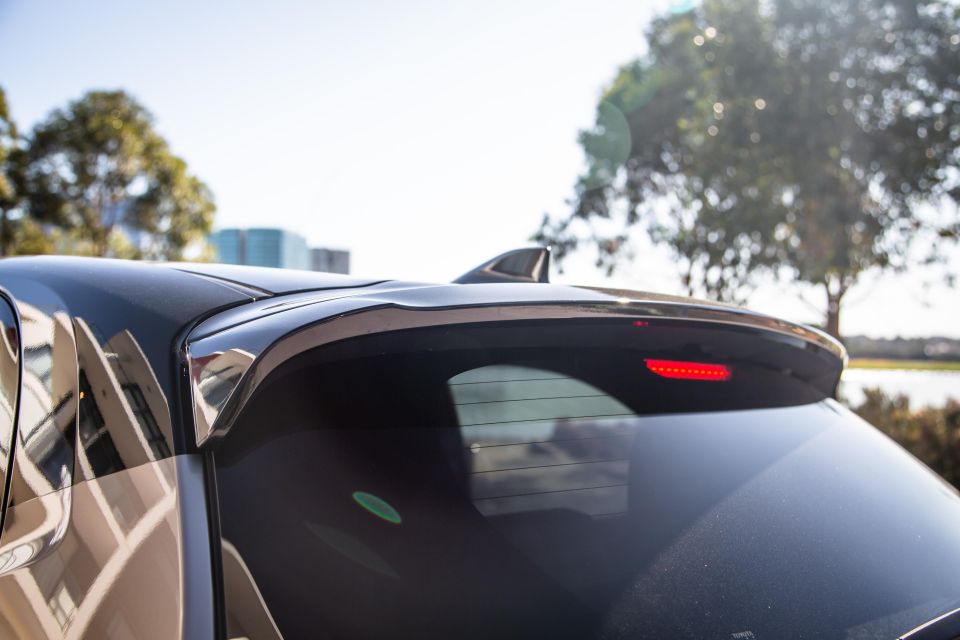
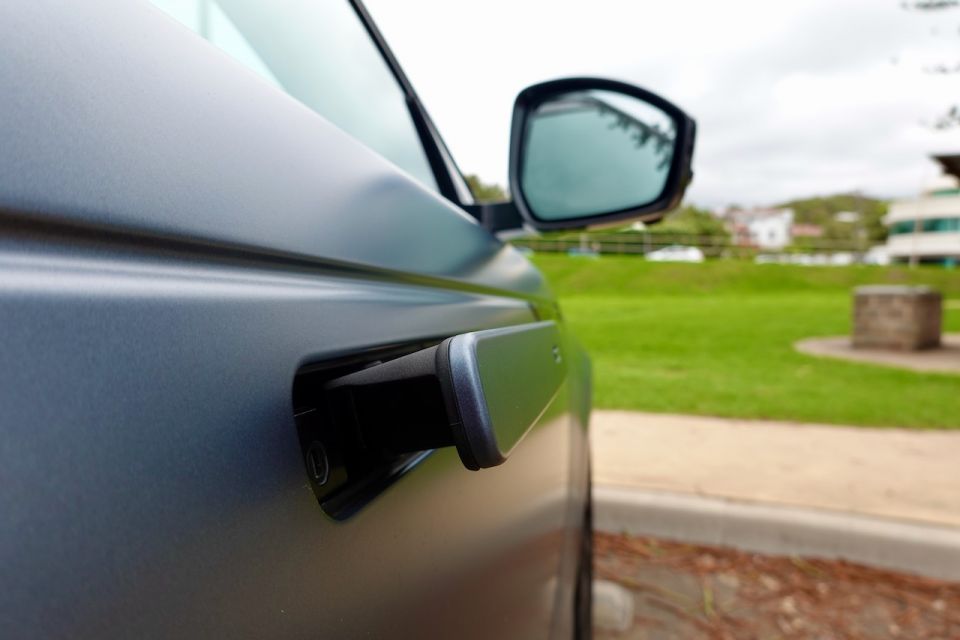
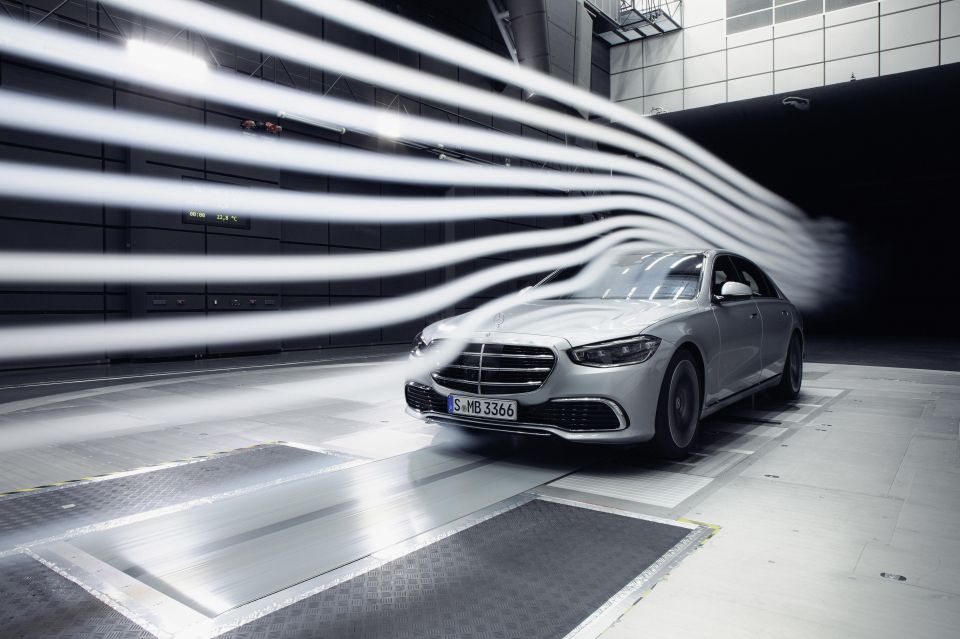

Additionally, every body line, crease, fin, genuine vent, spoiler and diffuser, wheel design, headlight, taillight and wing mirror shape, and even underbody panel contributes to improving the car’s overall aerodynamics.
With technological advances, we have already seen the automotive industry move from high-up antenna lines to shark fins that are specifically shaped to be aerodynamic.
Likewise, the emergence of camera-based wing mirrors in cars like the Audi e-tron, and flush pop-out door handles featured on cars such as the Tesla Model S and recently-announced 2021 Mercedes-Benz S-Class all aim to reduce protruding parts and improve air flow.
Aerodynamic bodies are no longer relegated to just sleek, low-riding coupes and convertibles.

We might not see it but manufacturers tuck sound deadening materials like foam, rubber seals, paint sealers, and insulating spray foam in every conceivable nook and cranny in their vehicles.
As the name suggests, these materials aim to suppress outside noise from entering the interior by either absorbing it, or directing it into other sound-absorbing materials.
They can be inserted in places like the firewall between the engine and cabin to reduce engine noise, floors, doors, the boot, and the roof headliners, just to name a few.
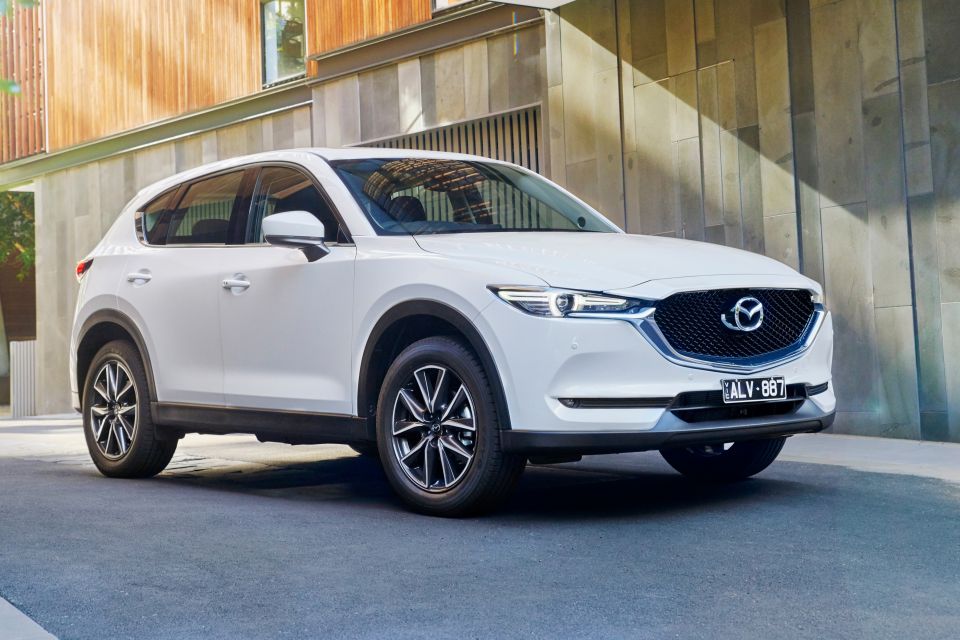
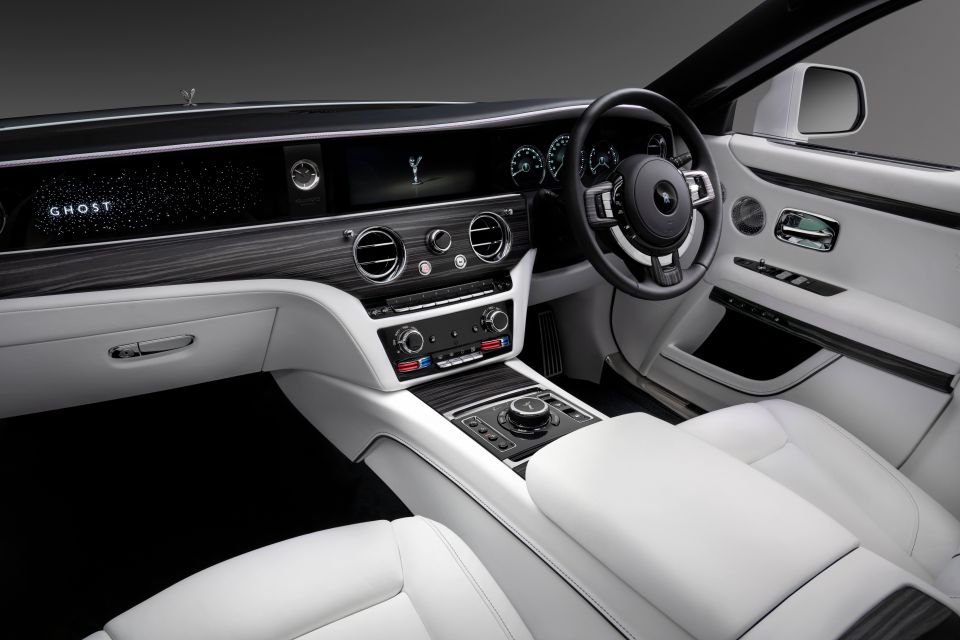
In March, Mazda updated the CX-5 medium family SUV with new headlining material, which is said to reduce low frequency sound by 10 per cent.
Mazda’s chief of vehicle dynamics engineering, Dave Coleman, told Wired his team added dampers to each strut, inserted a sound blocker between the back seat and cargo cover, tucked the windscreen wipers under the bonnet, and added fabric to the bare metal surfaces inside the CX-5 to ultimately make its interior quieter.
On the opposite end of the price spectrum, Rolls-Royce added more than 100kg of sound deadening materials to its recently unveiled Ghost luxury limousine, including a double-skinned felt bulkhead and floors.
Sound-deadening materials can also be fitted to any car as an aftermarket accessory.
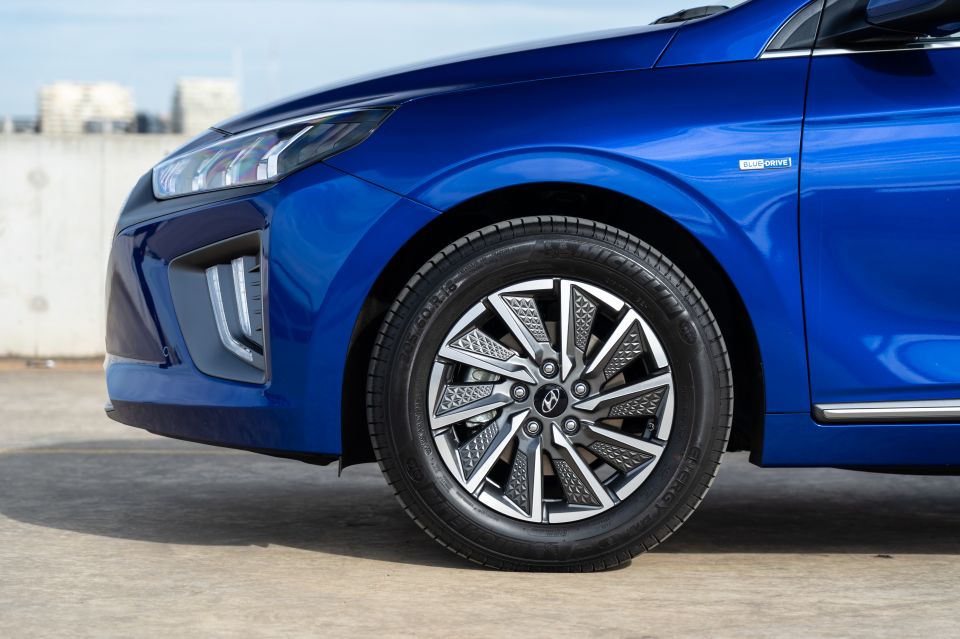
Speaking with Wired, Honda engineer Andrea Martin says NVH performance “immediately and directly influences our customers’ perception of vehicle quality and value”.
It’s no secret that Mazda has consistently attempted to improve NVH on its cars with every update.
The 2020 CX-5 with the 2.5-litre turbo petrol engine filters more outside noise by fitting a new muffler to the exhaust system and made the spare-wheel pan (the part that holds the space-saver tyre in place under the boot floor) stronger to avoid sound reverberations.
Tyre choices also affect NVH. Generally, there’s less road noise reflecting from the road and into the cabin if the rubber is narrower and the wheel is smaller. Stickier tyres, although good for handling, can be bad news when it comes to noise suppression as well.
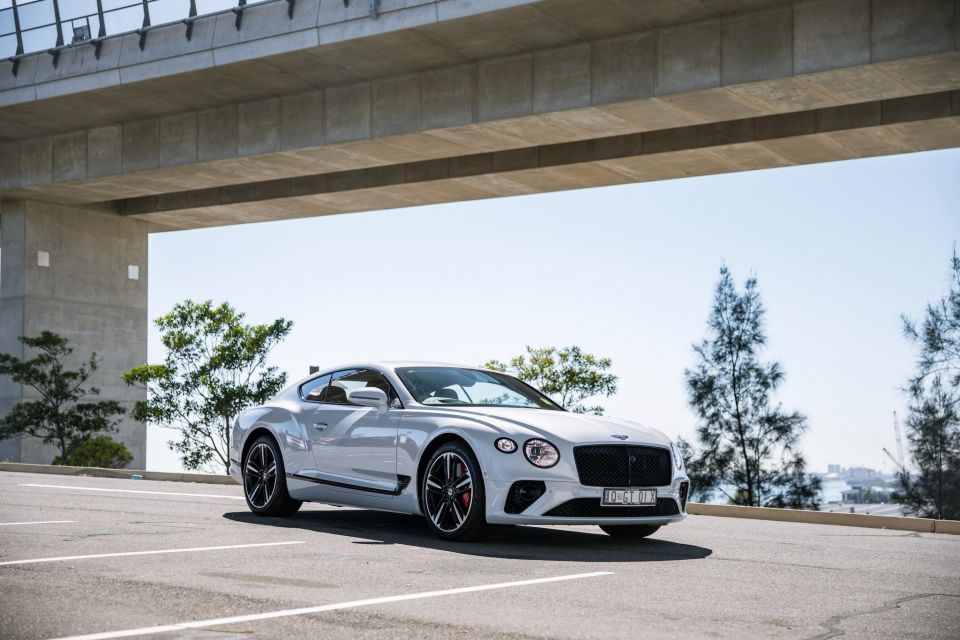
As mainstream car brands have moved to meticulously design and engineer their models around NVH, luxury manufacturers are adopting new techniques.
Models like the Mercedes-Benz S-Class and Bentley Continental use single or double-laminated acoustic glass for the windscreen and side windows to isolate ambient noise.
Laminated glass is made up of multiple layers and is thicker than traditional tempered glass. Most carmakers claim a 3 to 5 decibel (dB) reduction from laminating the windscreen alone.
Just like finding the perfect ear-tip size for your earphones, laminated glass is a form of passive noise cancellation; a physical barrier to block sound.

Similar to active noise cancellation (ANC) headsets like the Sony WH-1000XM4 and Apple AirPods Pro, cars including the Ford Everest large SUV and Genesis G80 luxury sedan are adopting ANC technology.
ANC works by using several microphones to detect low-frequency ambient noise. It then generates and shoots a sound wave opposite to that sound to effectively cancel each other out – all before it reaches into the inside of the car.
According to Wirecutter, ANC is most effective on lower frequency sounds between 50Hz and 1000Hz. Basically, low continuous sounds like other car’s engines running can be obliterated, but not the loud phone call from the car next to you in traffic.
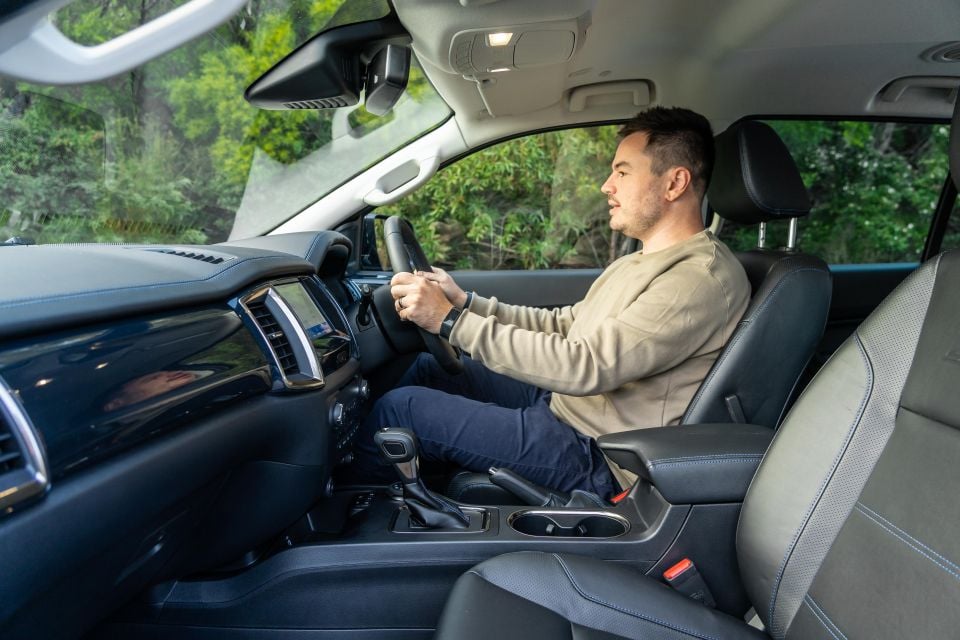
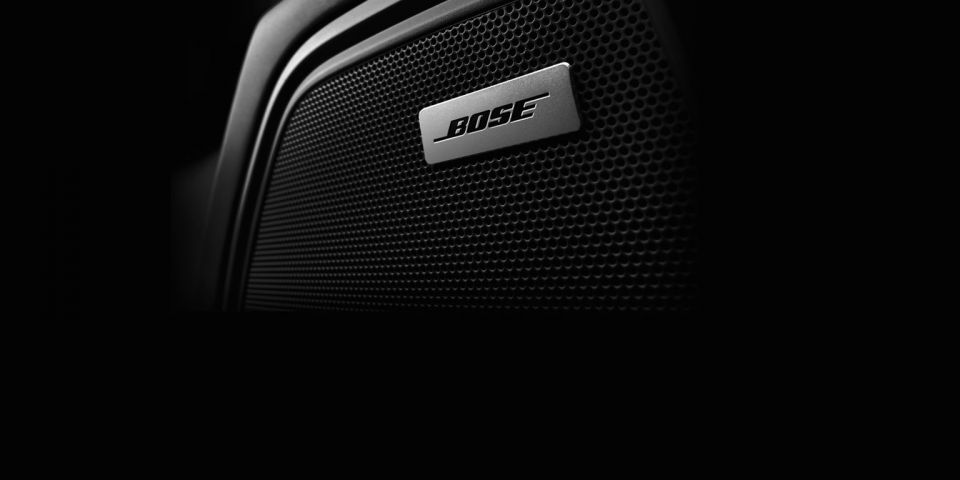
Early last year, audio company Bose revealed its QuietComfort Road Noise Control tech at the Consumer Electronics Show (CES).
The ANC feature utilises accelerometers, software algorithms, microphones and the vehicle’s built-in sound system to eliminate unwanted sounds from the outside by measuring vibrations that create noise.
The company says the feature is focused on battery-electric vehicles that are innately silent due to the lack of an engine, and thus require outside noise levels to be better suppressed.
The first cars to launch with Bose QuietComfort is slated by the end of 2021.


Matt Campbell
5 Days Ago


James Wong
4 Days Ago


Max Davies
3 Days Ago


Josh Nevett
2 Days Ago


Josh Nevett
1 Day Ago
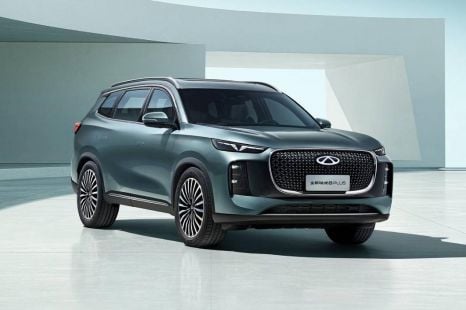

William Stopford
12 Hours Ago